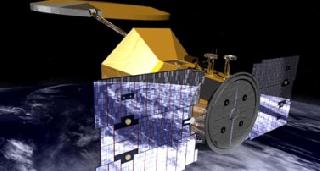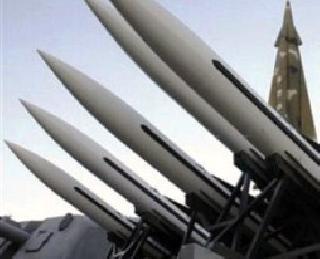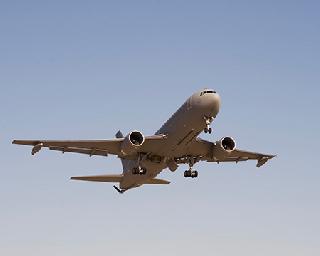
WASHINGTON (AFP): The US space agency has said it is preparing to launch a satellite to observe levels of salt on the surface of the world's oceans and how changes in salinity may be linked to future climate.
The June 9 launch of Aquarius/SAC-D comes three months after NASA lost Glory, a 424-million-dollar Earth-observing satellite that failed to separate properly from its rocket launcher and plunged into the ocean.
The orbiting science instrument will aim to map the entire open ocean every seven days from its position 408 miles (657 kilometers) above Earth, producing monthly estimates that show how salt levels change over time and location.
"There are vast tracts of the ocean where salinity has never been collected, ever," said Eric Lindstrom, Aquarius program scientist at NASA, describing the high level of precision expected from the mission.
"We are going to be sampling the whole planet in one week," he told reporters Tuesday.
While a European satellite was launched in 2009 to measure soil moisture and ocean salinity, the Aquarius/SAC-D is a global collaboration -- with partner Argentina as well as France, Brazil, Canada and Italy -- that will add to scientists' knowledge of the oceans in novel ways.
"Aquarius will map global variations in salinity in unprecedented detail, leading to new discoveries that will improve our ability to predict future climate," said principal investigator Gary Lagerloef of the Earth & Space Research in Seattle, Washington.
Scientists from the European Space Agency who launched the Soil Moisture and Ocean Salinity (SMOS) mission have been working in parallel and sometimes in partnership with NASA and Argentina's space agency, Comision Nacional de Actividades Espaciales (CONAE) as the two separate missions took shape, he said.
SMOS is a dual-purpose mission whose main focus is soil moisture, while Aquarius is aimed primarily at measuring ocean salinity, which plays a key role in exchanges of water and heat in the atmosphere.
"It has been a strong cooperative effort," said Lagerloef. "Once we have both of these missions in orbit, we will compare results, we will intercalibrate them," he told reporters.
"We will do a lot of things cooperatively to provide the best information about ocean surface salinity to the scientific community that we possibly can."
The satellite observatory is also to carry seven additional instruments to "collect environmental data for a wide range of applications, including studies of natural hazards, air quality, land processes and epidemiology," NASA said.
 Previous Article
Previous Article Next Article
Next Article













The Indian Air Force, in its flight trials evaluation report submitted before the Defence Ministry l..
view articleAn insight into the Medium Multi-Role Combat Aircraft competition...
view articleSky enthusiasts can now spot the International Space Station (ISS) commanded by Indian-American astr..
view article